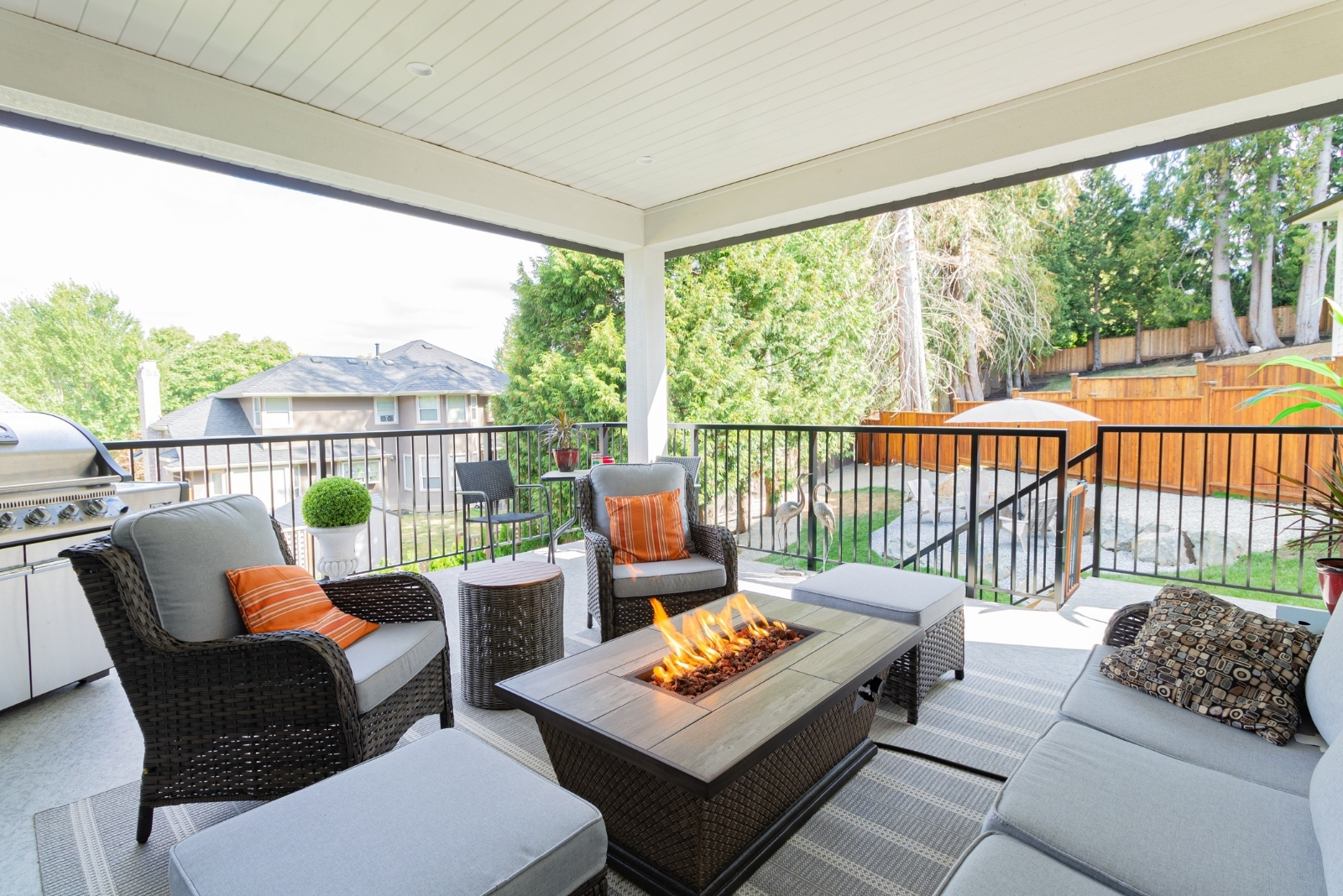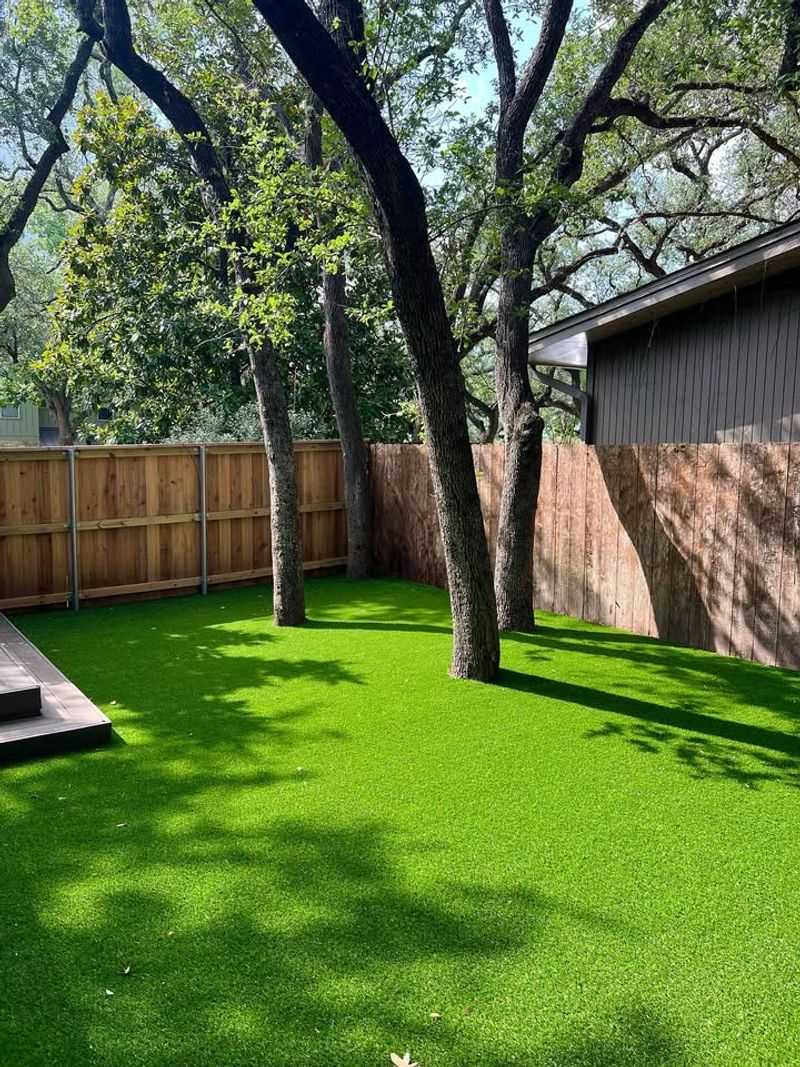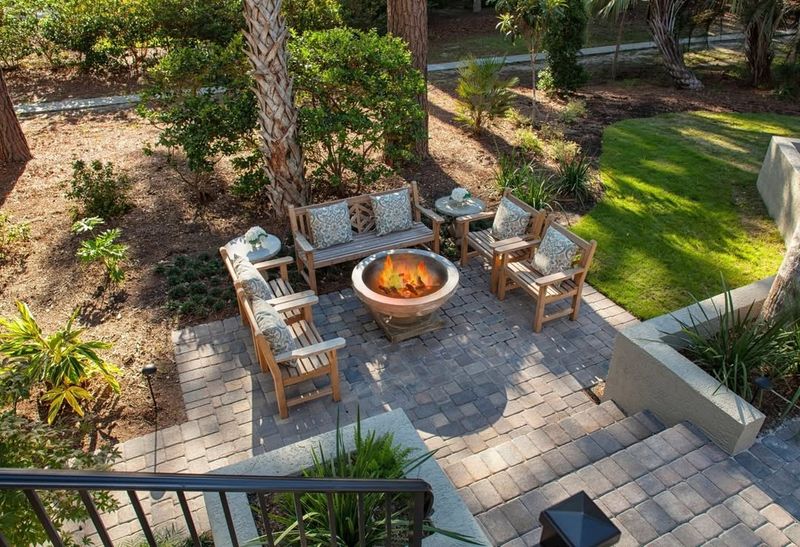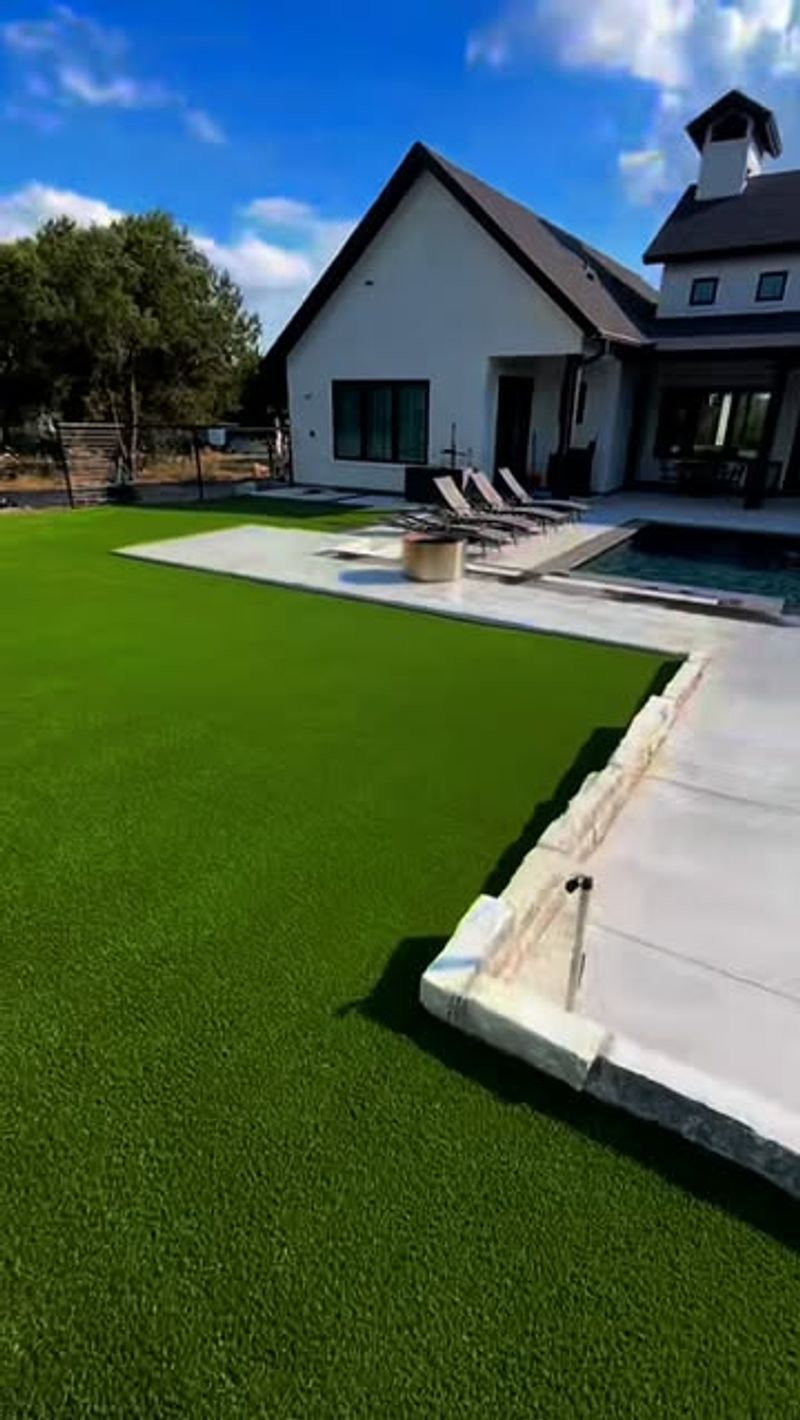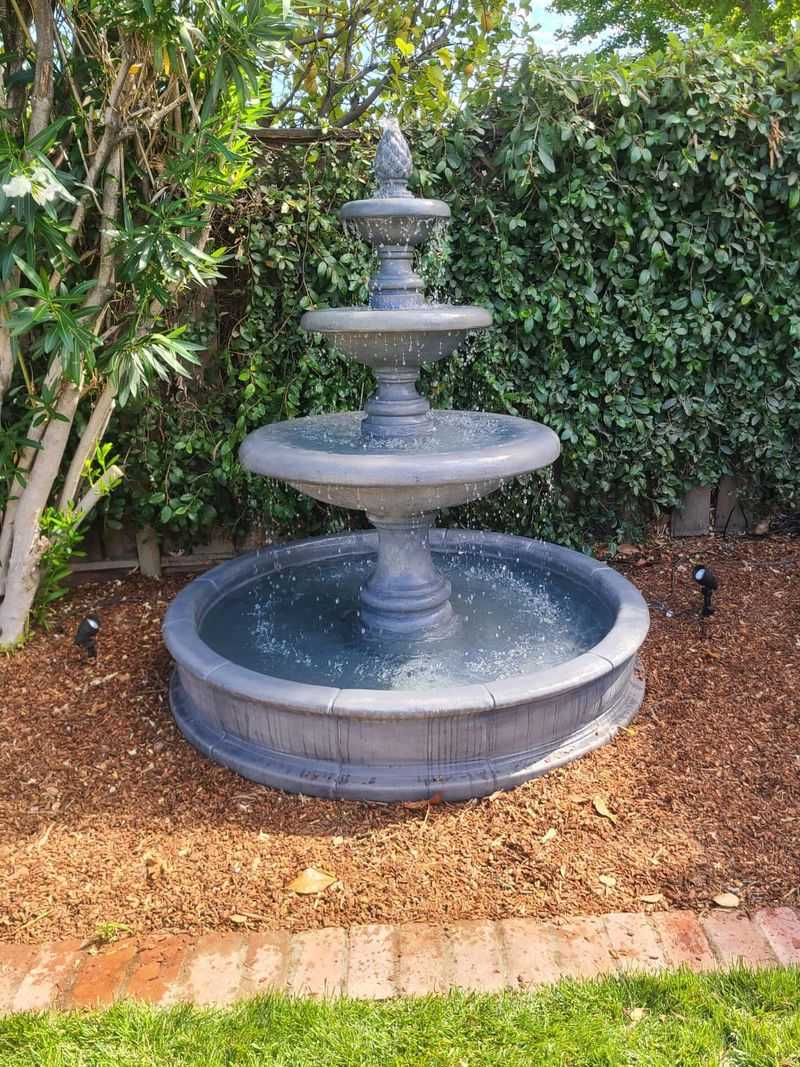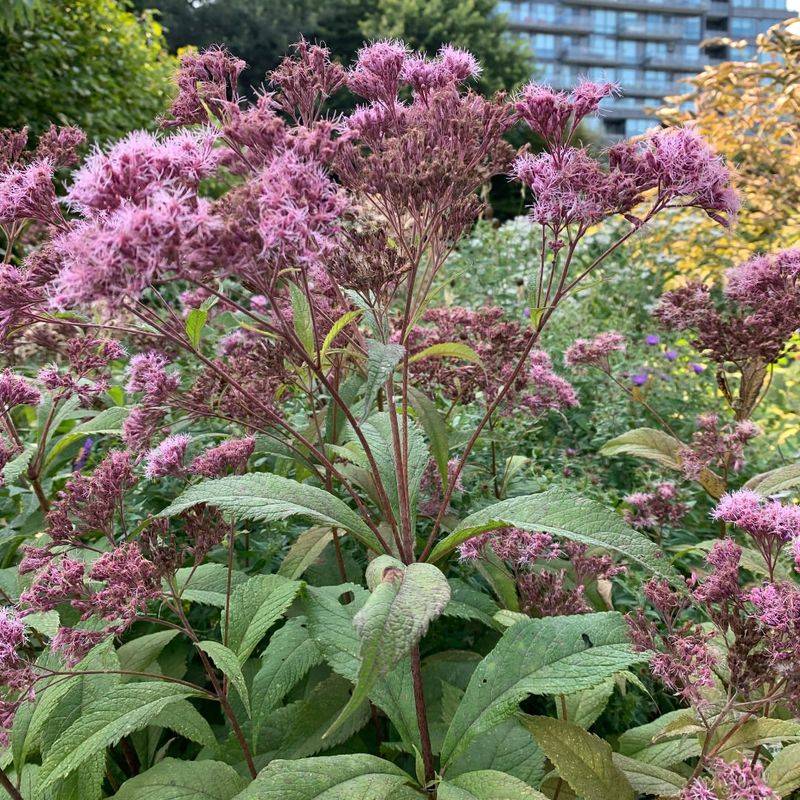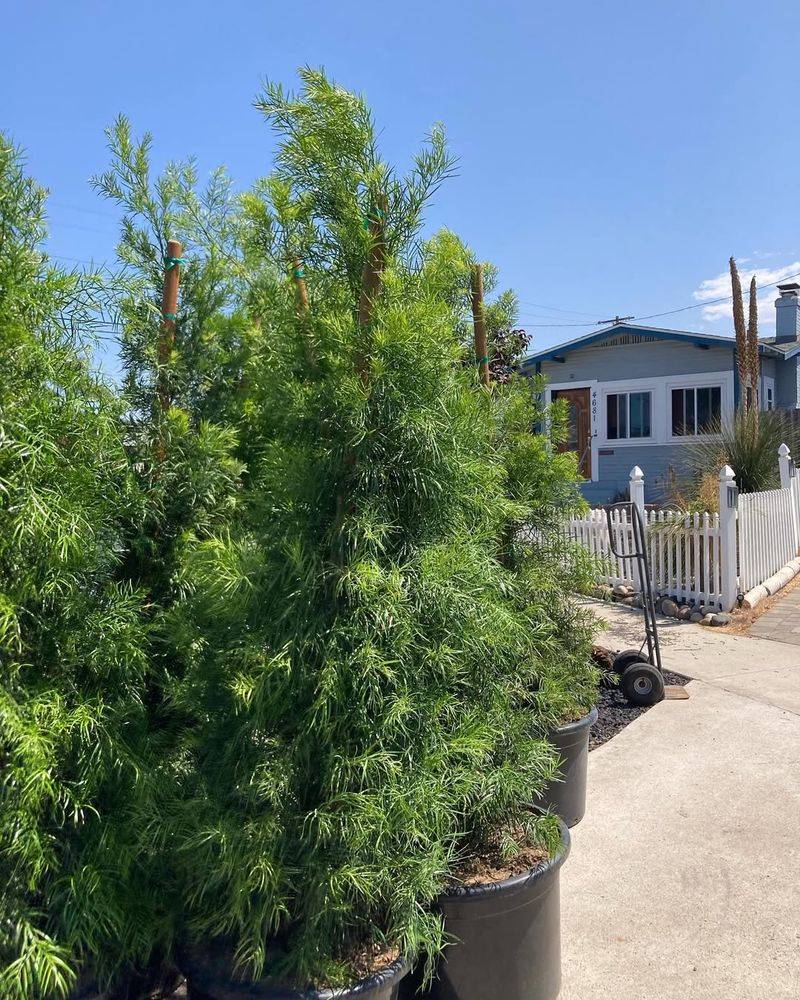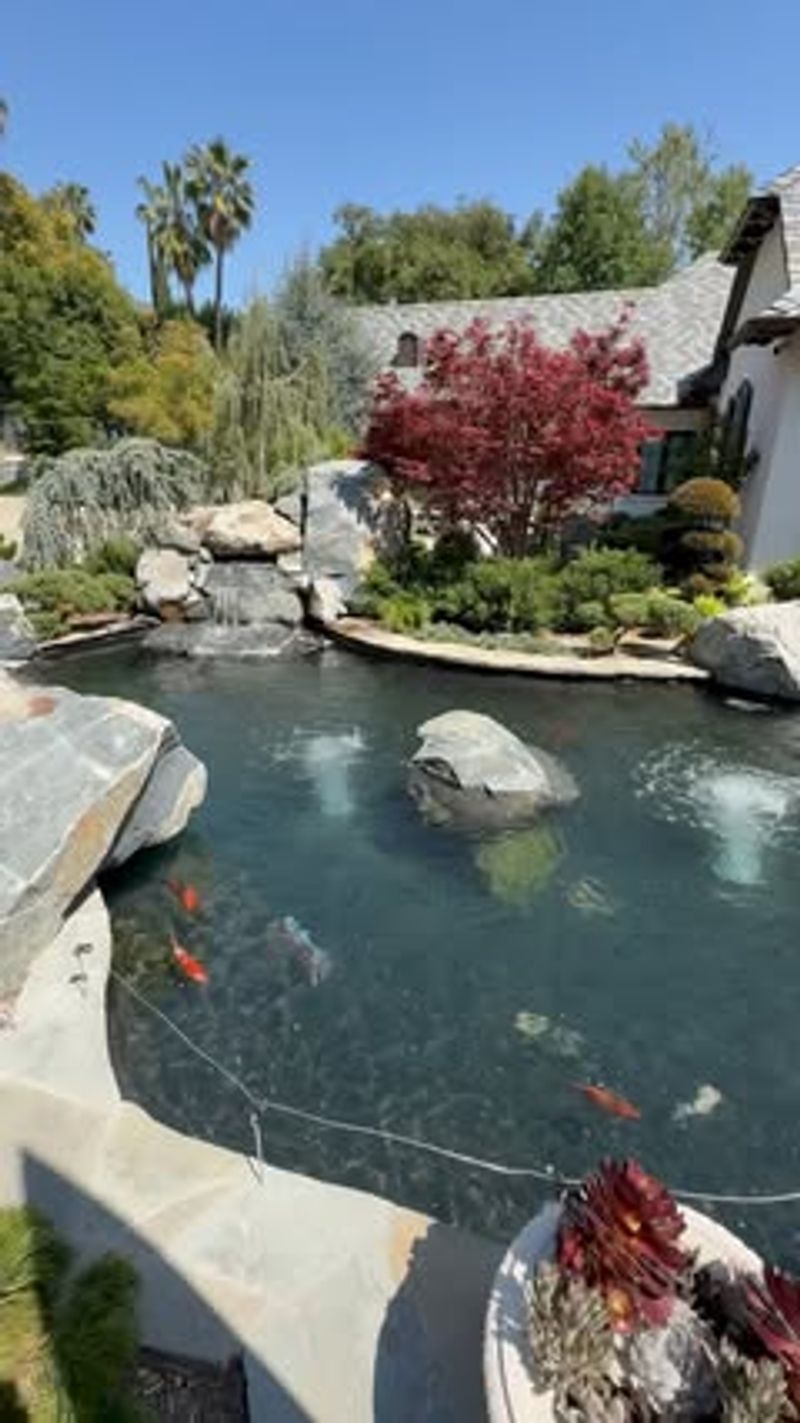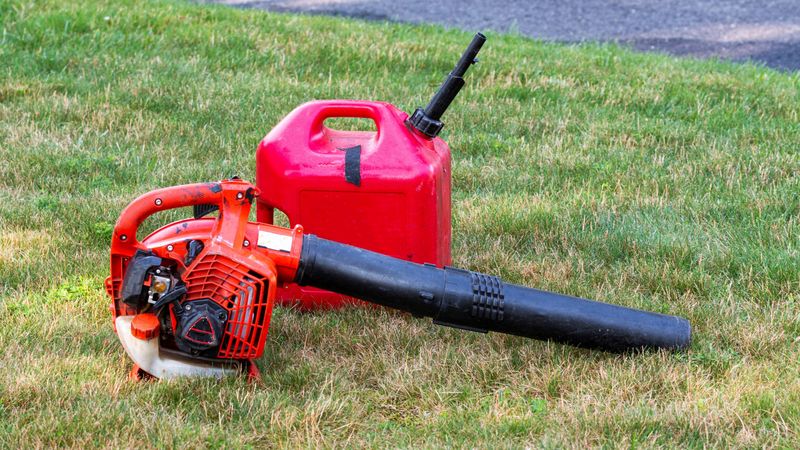California gardens are full of creativity, but some yard features might not be around much longer. New rules are reshaping what’s allowed in outdoor spaces, and surprises are part of the list.
Staying informed helps gardeners adapt before changes arrive. Here’s a peek at 12 yard features California homeowners should watch closely.
1. Natural Grass Lawns
Traditional green lawns may become a thing of the past in California. Recent drought conditions have prompted several municipalities to consider restrictions on water-intensive turf grass.
In some Southern California cities, new developments already face strict limitations on lawn square footage. Homeowners are being encouraged to embrace drought-tolerant alternatives before potential statewide bans take effect.
2. Outdoor Fire Pits
Gathering around backyard fire pits might soon require special permits in California. Wildfire concerns have led to increased scrutiny of open-flame features in residential areas.
Several Northern California counties already enforce seasonal restrictions during high-risk periods. Homeowners considering installing permanent fire features should check local regulations, as complete bans may be coming to wildfire-prone regions.
3. Artificial Turf
While once promoted as a water-saving alternative, synthetic grass faces growing opposition. Environmental concerns about microplastic pollution and heat island effects have led California regulators to reconsider its benefits.
Multiple coastal communities in the state have already restricted artificial turf installations. Homeowners may soon need to explore living groundcovers instead as California pushes for truly sustainable landscaping options.
4. Ornamental Fountains
Decorative water features have come under intense scrutiny during California’s recurring droughts. Regulations limiting recirculating fountains are being considered in several water-stressed communities.
Central California has been particularly aggressive in proposing restrictions on purely aesthetic water displays. Residents may want to consider dry landscape features instead, as fountain bans could expand to more counties in coming years.
5. Non-Native Plant Species
Exotic plants that require excessive water or pose invasion risks face potential prohibition. California’s Department of Food and Agriculture has expanded its watch list of problematic non-native species.
Several invasive ornamentals are already banned in parts of coastal California. Gardeners should research native alternatives, as the state continues tightening restrictions on plants that threaten local ecosystems or consume excessive resources.
6. Wood-Burning Outdoor Ovens
Trendy pizza ovens and outdoor cooking stations using wood fuel face increasing regulation. Air quality concerns have prompted several California air districts to implement seasonal restrictions.
In the Central Valley, where air pollution is particularly problematic, permanent bans are under consideration. California homeowners investing in outdoor kitchens might want to opt for natural gas or electric alternatives that won’t face future prohibitions.
7. Hedges Exceeding Height Limits
Tall privacy hedges have become controversial in many California neighborhoods. New ordinances are setting strict height restrictions, often capping hedges at six feet to preserve views and reduce neighbor disputes.
Coastal communities throughout the state have been particularly active in enforcing these limits. California homeowners should check local regulations before establishing new hedges, as non-compliant greenery may require expensive removal or trimming.
8. Koi Ponds
Ornamental fish ponds face double scrutiny for both water usage and invasive species concerns. Several California water districts have proposed limiting the size and number of decorative water features.
Environmental agencies across the state worry about non-native fish escaping into local waterways. California pond enthusiasts may soon need special permits or face complete bans in certain regions where water conservation is critical.
9. Concrete Hardscaping
Extensive paved areas in yards face growing opposition due to runoff concerns. California’s stormwater management regulations increasingly favor permeable surfaces over traditional concrete.
Several Bay Area communities have already imposed limits on the percentage of property that can be covered with impermeable materials. Homeowners planning patios or driveways should consider permeable alternatives before California potentially expands hardscape restrictions statewide.
10. Gas-Powered Leaf Blowers
Noisy gas blowers are rapidly disappearing from California landscapes. Over 20 cities have already banned these polluting tools, with statewide prohibition on the horizon.
The California Air Resources Board has targeted these devices for their outsized emissions impact. Homeowners should consider electric alternatives for yard maintenance, as gas-powered equipment will likely be completely phased out across the state within years.
11. Certain Outdoor Lighting
Bright landscape lighting faces restrictions to reduce light pollution and protect wildlife. California coastal communities have been particularly active in regulating outdoor illumination that can disorient sea turtles and birds.
Several Southern California counties now require shielded fixtures and limit brightness levels. Homeowners should investigate dark-sky compliant options, as non-conforming outdoor lighting systems may soon need costly replacement throughout the state.
12. Chemical Fertilizers
Common lawn and garden fertilizers containing certain chemicals face potential prohibition. Runoff concerns have prompted California water authorities to consider strict limits on residential fertilizer use.
Several watershed districts across the state have already restricted high-phosphorus products. California gardeners should explore organic alternatives now, as chemical fertilizer bans continue expanding from agricultural settings into residential yards.

